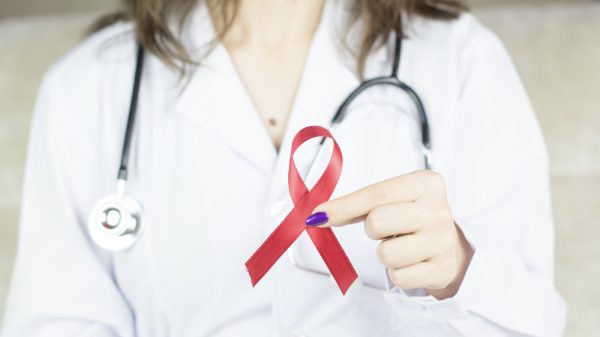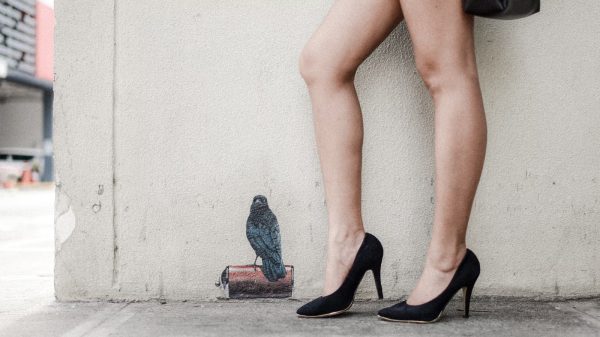People who as teenagers felt pressure to lose weight from family or from the media are most at risk of “internalized” weight stigma.
This is according to a study – “”Demographic, socioeconomic and life-course risk factors for internalized weight stigma in adulthood: evidence from an English birth cohort study” by Amanda M. Hughes, Stuart W. Flint, Ken Clare, et al – that appeared in The Lancet Regional Health – Europe.
In particular, females, people who are not heterosexual (including LGBTQIA people), and people experiencing socioeconomic disadvantage, are most at risk of ‘internalized’ weight stigma, which is when people apply negative obesity-related stereotypes to themselves, such as thinking they are less attractive, less competent, or less valuable as a person because of their weight. T
According to the researchers, negative obesity-related stereotypes and weight-related discrimination are widespread in society, so that “experience of weight stigma is a major public health issue: people affected by weight stigma are more likely to have poor mental health, eating disorders and may delay seeking medical treatment.”
For this research, the researchers used data from Bristol’s Children of the 90s (also known as the Avon Longitudinal Study of Parents and Children) to examine differences in internalized weight stigma in over 4,000 people aged 31 years by sex, ethnicity, socioeconomic factors, sexual orientation, and family and wider social influences in childhood and adolescence.
The research found:
- Feeling pressure from family to lose weight, weight-related teasing by family members, and feeling pressure from the media to lose weight as a teenager were all linked to higher levels of internalized weight stigma at age 31, and this was not explained by differences in body mass index (BMI).
- Being bullied in adolescence (at age 17 years) and adulthood (at age 23 years) were also independently linked to internalized weight stigma at age 31.
- Clear differences in internalized weight stigma between other groups of the population, which were also not explained by differences in BMI.
- Females and people who did not identify as heterosexual are at greater risk of internalized weight stigma.
- People who had spent more of their 20’s as NEETs (not in education, employment or training), or whose mothers had fewer educational qualifications, are also more at risk of internalized weight stigma.
“The family environment in adolescence, bullying, and pressure to lose weight from the media may have long-lasting impacts on how people value themselves based on their weight as adults,” said co-author Hughes.
There is an opportunity to reduce weight stigma and its consequences by “changing how we discuss weight in the media, in public spaces and in families, and how we respond to bullying in schools, workplaces, and other settings. This is crucial considering how common pressure to lose weight and weight-related bullying, stigma and discrimination are in many cultures around the world,” Hughes ended.

































































